| Biography Workbooks for High School History |
|---|
| www.studenthandouts.com ↣ Historical Figures ↣ Biography Workbooks for Grades 7-12 |
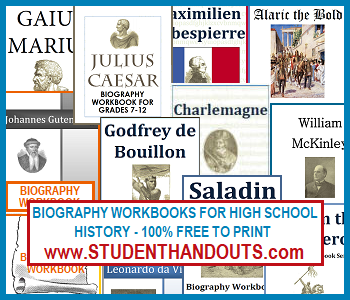 Our materials address the common core standards. Each workbook requires a close reading of the text.
Our materials address the common core standards. Each workbook requires a close reading of the text.Following each small segment of reading, there are text-dependent questions. These questions range from basic recall to critical thinking; there are even contextual vocabulary-themed questions that not only improve students' vocabularies, but help prepare them for the ACT/SAT. These workbooks are truly cross-curricular, and utilize reading across the curriculum. They are popular among everyone, from those teaching special education students with reading comprehension difficulties, to those teaching AP-level high school students of American History, World History, and European History. They are suitable high school history students. |
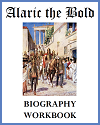 | 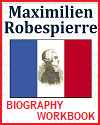 | 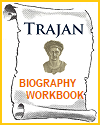 | 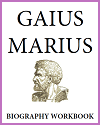 | 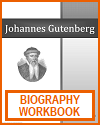 |
||||||
| Alaric the Bold (360-410 C.E.) | Maximilien Robespierre (1758-1794) | Emperor Trajan (53-117 C.E.) | Gaius Marius (157-86 B.C.E.) | Johannes Gutenberg (1398-1468) |
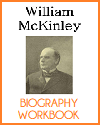 | 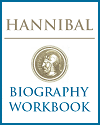 | 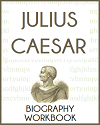 | 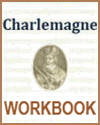 | 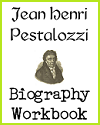 | ||||||
| William McKinley (1843-1901) | Hannibal (247-183 B.C.E.) | Julius Caesar (100-44 B.C.E.) | Charlemagne (742-814 C.E.) | Jean Henri Pestalozzi (1746-1827) |
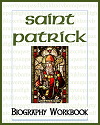 | 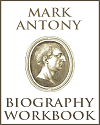 | 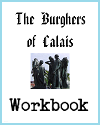 | 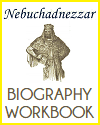 | |||||||
| Saint Patrick (c. 372-466 C.E.) | Jean François Champollion (1790-1832) | Mark Antony (83-30 B.C.E.) | The Burghers of Calais (1346) | Nebuchadnezzar II (circa 634-562 B.C.E.) |
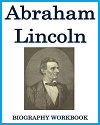 | 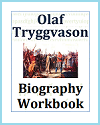 | 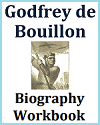 | 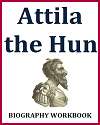 | |||||||
| Abraham Lincoln (1809-1865) | Olaf Tryggvason (963-1000) | Godfrey de Bouillon (1060-1100) | Attila the Hun (circa 406-453 C.E.) | Leonardo da Vinci (1452-1519) |
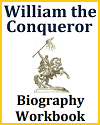 | 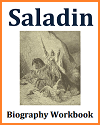 | 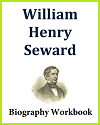 | 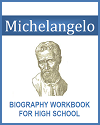 | 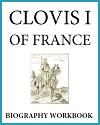 | ||||||
| William the Conqueror (1028-1087) | Saladin (1137-1192) | William Henry Seward (1801-1872) | Michelangelo (1475-1564) | Clovis I of France (465-511 C.E.) |
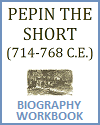 | 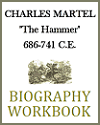 | 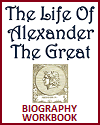 | 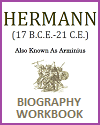 | |||||||
| Belisarius (505-565 C.E.) | Pepin the Short (714-768 C.E.) | Charles Martel (694-741 C.E.) | Alexander the Great (356-323 B.C.E.) | Hermann (17 B.C.E.-21 C.E.) |
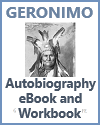 | 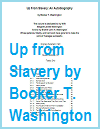 | 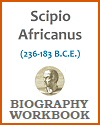 | 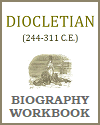 | 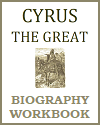 | ||||||
| Geronimo (1829-1909) | Booker T. Washington (1856-1915) | Scipio Africanus Major (236-183 B.C.E.) | Diocletian (244-311 C.E.) | Cyrus the Great (600-530 B.C.E.) |
| Review by Sharon B. - I love using these biography workbooks. We have a history curriculum that we are following and study together with our sons. Then I give these workbooks for the boys to work individually and on their own time. They are able to practice highlighting, taking notes, and writing short answers. I will [download] any and all workbooks available, and I highly recommend them to other families. |
| Review by Cheryl H. - This was a fantastic ebook. We had never heard of Olaf Tryggvason, and it came at a time that we were studying the country he was born in. We liked how it read like a good story, but with so much information-as well as questions, etc. Great biography!! |
| Review by Melody K. - Wow! What a great resource! These are great booklets that are presented in a pleasant format. The review questions are placed at intervals within the text. This makes it great to find a good stopping place for the day. It also takes the guess-work out of the equation, eliminating the "which questions should I assign for what section" confusion. This topic is a particular favorite of mine and I was able to share it with my children in grades 5 and 10 who also seemed to really enjoy it! I highly recommend it to any student grade 5 and up. |
| Review by Pamela S. - Leonardo da Vinci by Student Handouts is short (19 pages) but consists of history reading, extensive vocabulary words and numerous reading comprehension questions. This item also has one page of map work in order to complete this biography of Leonardo Da Vinci. Best suited for middle/high school students, this item is 5 stars for its compact study of an important figure in history. |
|
Reading about leading historical figures can significantly enhance the learning of history by providing context, perspective, and human stories that make historical events and periods more relatable and engaging. Here are several ways in which learning about historical figures benefits the study of history: Personalization of History: Historical figures serve as relatable and memorable characters in the narrative of history. Learning about their lives, experiences, and contributions can make historical events more personal and relatable to students. Human Stories: Historical figures' life stories often involve struggles, triumphs, challenges, and personal decisions that highlight the human side of history. These stories can engage students emotionally and intellectually. Contextualization of Events: Historical figures can provide context for major events and eras. Their actions, beliefs, and decisions help students understand the motivations and factors that shaped the course of history. Diverse Perspectives: Studying a variety of historical figures from different time periods and regions exposes students to diverse perspectives on historical events and issues. This encourages critical thinking and a more nuanced understanding of history. Impact and Legacy: Learning about leading personages allows students to explore the impact of individuals on societies and civilizations. Students can analyze how these peoples' ideas, actions, and leadership shaped their cultures and the world. Primary Source Analysis: Primary sources, such as letters, speeches, and diaries written by historical figures, provide valuable firsthand accounts of historical events. Analyzing these sources helps students develop critical reading and historical analysis skills. Role Models and Inspiration: Some historical figures can serve as role models and sources of inspiration. Their achievements and contributions can motivate students to pursue their own goals and make a positive impact on society. Global Connections: Historical figures often had interactions with individuals and societies from different regions and cultures. Exploring these connections fosters a global perspective and an appreciation of the interconnectedness of world history. Comparative Analysis: Studying the lives and actions of multiple historical figures allows for comparative analysis. Students can compare and contrast the leadership styles, ideologies, and impacts of different individuals. Cultural and Social Context: Historical figures provide insight into the cultural and social norms of their time. Understanding the values and beliefs of a historical period is essential for grasping the motivations behind historical events. Critical Evaluation: Learning about historical figures encourages critical evaluation of their actions and legacies. Students can engage in debates about the ethical dimensions of historical decisions and their contemporary relevance. Narrative Structure: Historical biographies and accounts often follow a narrative structure, making history more engaging and story-like. This narrative approach can capture students' interest and encourage them to explore further. Interdisciplinary Connections: The lives of historical figures often intersect with other fields, such as literature, art, science, and philosophy. Studying these intersections fosters interdisciplinary learning and a deeper understanding of the historical context. Incorporating biographical readings into the study of world history can make the subject more dynamic and accessible to learners of all ages. Historical figures put a human face on events, helping students connect with the past and appreciate its significance in shaping the present and future. Our free Biography Workbook Series offers:
|
| www.studenthandouts.com ↣ Historical Figures ↣ Biography Workbooks for Grades 7-12 |








